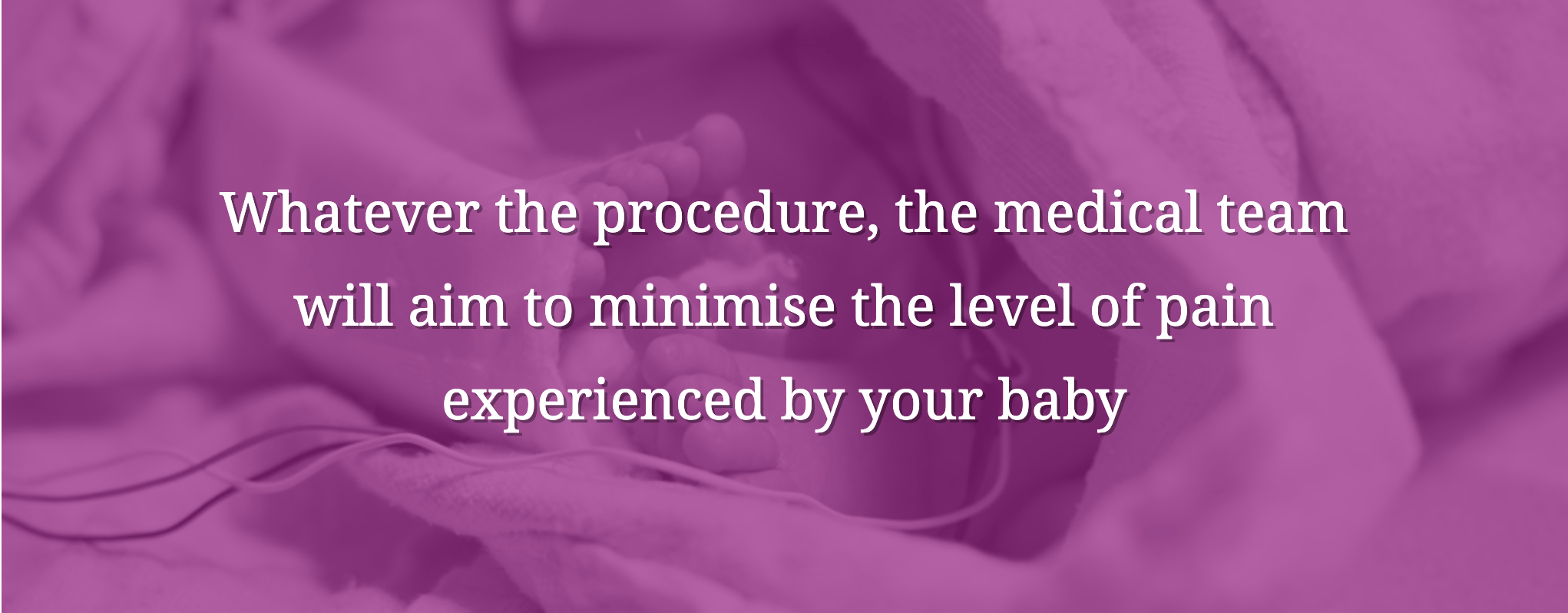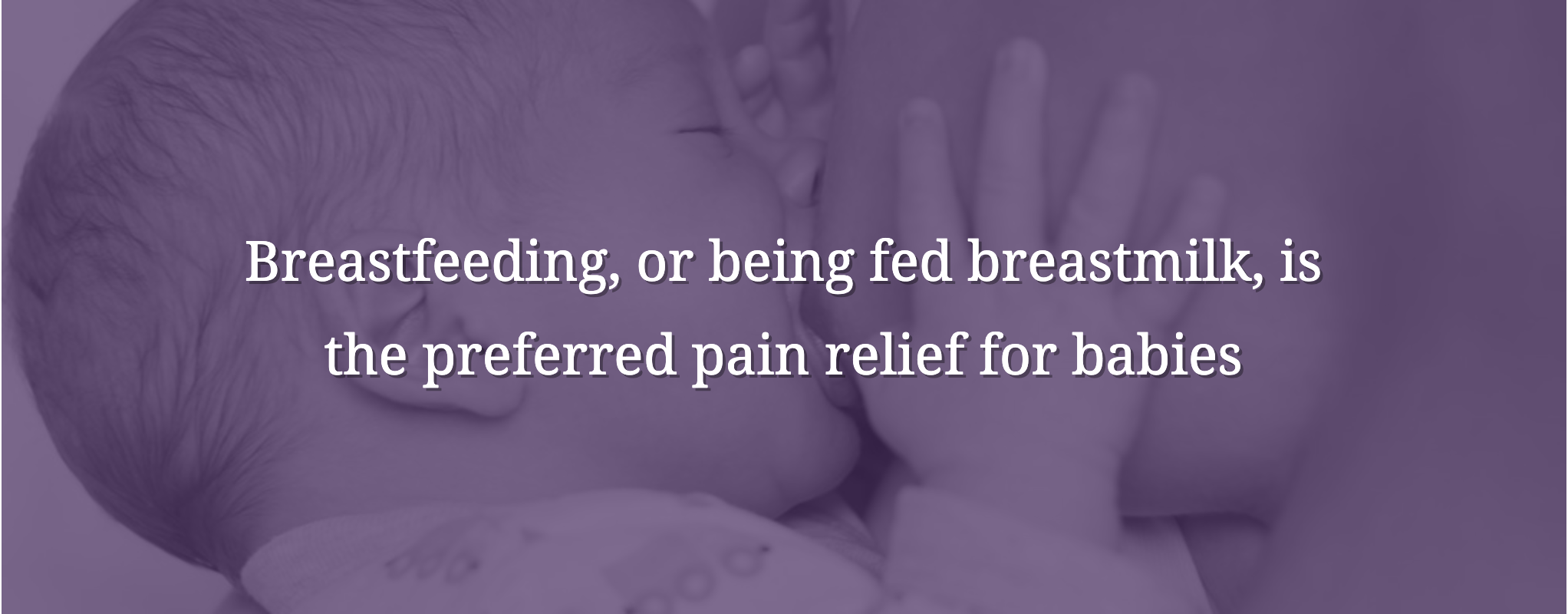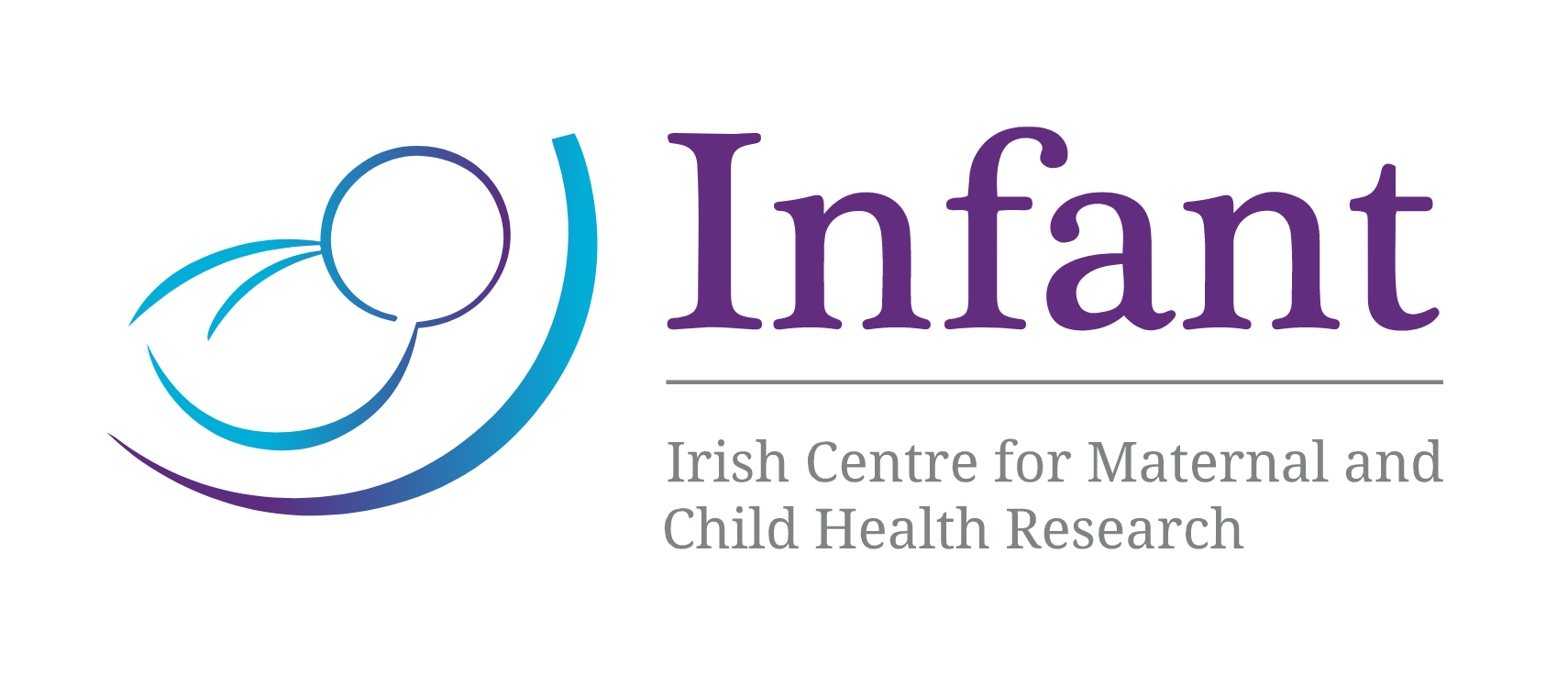Pain Control
Babies in the neonatal unit (NNU) may experience pain as a result of diagnostic or therapeutic interventions as well as a result of a disease’s progression. Babies cannot verbalise or explain their pain experience, and they depend on others to recognise, assess, and manage their pain. By recognising and assessing pain accurately, the appropriate management can be provided. In the medical field, assessment tools/guidelines are used to aid clinical assessment of pain and to ensure consistency between clinicians
If your baby experiences pain, the medical team will be very aware of it. This awareness comes from research, their past experience, and your baby’s appearance and/or reaction to medical procedures. It is likely that your baby will experience discomfort, stress, or pain to varying degrees during their time in the NNU.
Your baby’s medical team will be able to assess when, and how intensely, this discomfort or pain is felt and they will respond accordingly. Your baby is not able to verbalise the pain, but they will cry as a way to communicate with you that they need you. If you think they may be uncomfortable or in distress, please do not hesitate to call a member of staff or your baby’s named nurse to investigate further.

The extent that your baby experiences pain and discomfort will vary depending on the procedure they undergo. Below are examples of procedures and the typical pain experienced during them:
- Discomfort at varying intensity: physical examinations, hip checks, replacing a nasogastric tube, etc.
- Intense, short-term acute pain which generally eases after the completion of the task: procedures involving skin breakages such as the insertion of intravenous lines or taking blood samples.
- More intense pain: invasive procedures such as chest tube insertion or pain following surgery.
- Chronic (prolonged) pain at varying intensity: necrotising entercolitis (NEC) or meningitis. This pain generally requires a high level of medication which is prescribed at regular intervals.
Whatever the procedure, the medical team will aim to minimise the level of pain experienced by your baby.
Throughout all routine procedures, you may be asked to assist in comfort holding or to continue to breastfeed or start kangaroo care. Sometimes, non-nutritive sucking on a soother/pacifier which has been dipped in breast milk is enough to settle some babies. Other times, a soother/dummy dipped in sucrose (sugar) is required. Alternatively, 0.2 millilitre (ml) of sucrose is given directly into the baby’s mouth. Sucrose is effective for reducing procedural pain from single events such as a heel prick or venepuncture and intramuscular injection in both preterm and term babies. No side effects have been recorded from the administration of sucrose [1]
Breastfeeding, or oral administration of breast milk, is the preferred pain relief (analgesic) approach as it appears to be as effective as sucrose for analgesic purposes. Breast milk also has the added benefitofn supporting the baby’s development. However, breastfeeding or oral administration of breast milk is not possible when the baby is intubated or for a very preterm baby undergoing clinical procedures. In these cases, sucrose becomes more important.
If your baby undergoes more invasive or painful procedures, they will be given paracetamol or other appropriate pain relief (analgesic). The dose will be based on your baby’s weight and the administration approach, i.e. administered on one occasion (‘once-off’) or every 4 – 6 hour as required. Local anaesthetics, given through a small injection under the skin, and topical gels may also be used, depending on the procedure. If your baby undergoes procedures that cause extreme discomfort or require them to stay in the same position for a long period of time, sedative and/or opioid drugs may be used.
These drugs will be administered orally, intravenously, or intramuscularly. Administration will either be a ‘once-off’ or through an infusion pump, i.e. delivering the drug slowly over a specified length of time. If deep sedation is required, a combination of sedative and opioids drugs may be used. Alternatively, a general anaesthetic can be used for deep sedation.

The administration of pain medication (analgesia) will depend on the procedure, your baby’s condition, the clinician’s preference, and hospital-specific policies and procedures. Your baby’s response to pain medication will be monitored at all times. Depending on how your baby responds to treatment or how effective it was at relieving pain, the dose may be altered or the medication changed.
Medical procedures will be clustered, when possible, to accommodate your baby’s rest, sleep, and feeding times. All efforts will be made to reduce your baby’s exposure to external stimuli; noise, temperature, and light exposure that may cause your baby any discomfort will be removed.
Some parents find it difficult to be with their baby throughout a potentially painful procedure: this is absolutely fine! Other parents want to be there during these times to provide comfort care and to help: this is also fine. It is important to look after your own needs and well-being too.
References
[1] Stevens B.,Yamanda J.,Ohlson A., Halibunton S., Shorkley A. (2016) Sucrose for analgesia for newborn infants undergoing painful procedures. Cochrane neonatal group, Cochrane Library.
